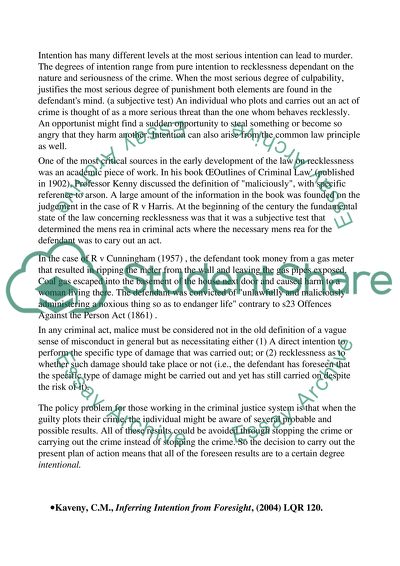Cite this document
(“Criminal Law Essay Example | Topics and Well Written Essays - 1750 words”, n.d.)
Retrieved from https://studentshare.org/law/1521576-criminal-law-essay
Retrieved from https://studentshare.org/law/1521576-criminal-law-essay
(Criminal Law Essay Example | Topics and Well Written Essays - 1750 Words)
https://studentshare.org/law/1521576-criminal-law-essay.
https://studentshare.org/law/1521576-criminal-law-essay.
“Criminal Law Essay Example | Topics and Well Written Essays - 1750 Words”, n.d. https://studentshare.org/law/1521576-criminal-law-essay.


